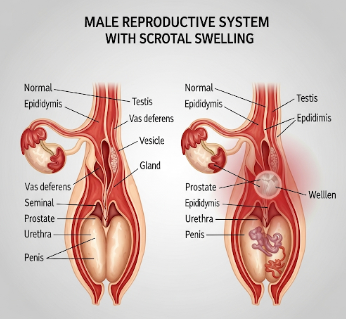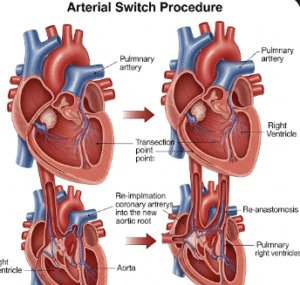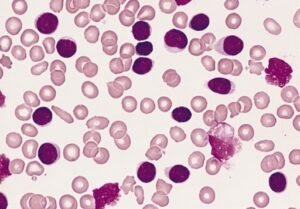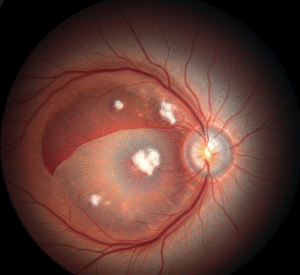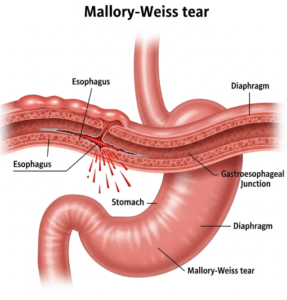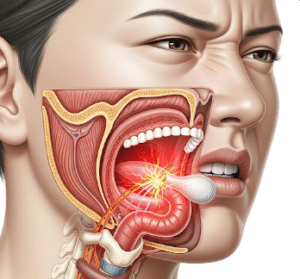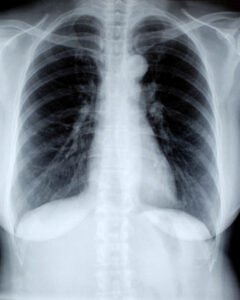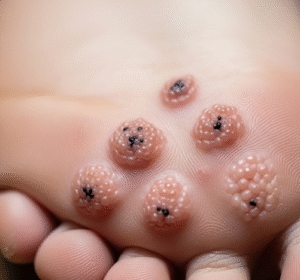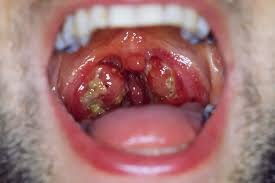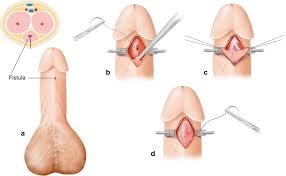➤ Overview
Swollen testicles, medically referred to as scrotal swelling, occur when one or both testicles enlarge due to fluid buildup, infection, injury, or underlying medical conditions. Swelling may be accompanied by pain, tenderness, redness, or heaviness, and can affect mobility, daily activities, and overall quality of life.
In South Korea, scrotal swelling is evaluated by urologists and andrologists. Prompt assessment is critical, as some causes require emergency treatment to prevent long-term complications such as infertility or tissue damage.
➤ Key Facts
→ Scrotal swelling can involve one or both testicles.
→ Causes range from infection, trauma, fluid accumulation, and systemic diseases.
→ In Korea, ultrasound and laboratory tests are standard for accurate diagnosis.
→ Swelling may appear suddenly or gradually, depending on the underlying cause.
→ Common symptoms include pain, redness, warmth, and heaviness.
→ Early evaluation ensures timely treatment, prevention of complications, and preservation of testicular function.
→ Risk factors include trauma, sexually transmitted infections, urinary tract infections, and chronic conditions.
➤ What is Swollen Testicles (Scrotal Swelling)?
Swollen testicles refer to enlargement of the testicles or scrotum due to various causes:
→ Acute swelling – Sudden enlargement often associated with trauma, torsion, or infection.
→ Chronic swelling – Gradual enlargement due to fluid accumulation, varicocele, or systemic conditions.
→ Inflammatory swelling – Caused by infections such as epididymitis, orchitis, or sexually transmitted infections (STIs).
→ Fluid-related swelling – Hydrocele (fluid around the testicle) or hematocele (blood accumulation).
Korean urologists emphasize physical examination, palpation, and imaging to differentiate between benign, infectious, and emergent causes.
➤ What Symptoms are Related to Scrotal Swelling?
Scrotal swelling is often accompanied by additional symptoms that guide diagnosis:
→ Pain or tenderness – Often localized or radiating to the groin or lower abdomen.
→ Redness or warmth – Suggestive of infection or inflammation.
→ Heaviness or discomfort – Feeling of pressure or dragging in the scrotum.
→ Fever or malaise – May accompany infectious causes.
→ Nausea or vomiting – Occasionally present with testicular torsion.
→ Skin changes – Bruising, discoloration, or lesions over the scrotum.
→ Urinary symptoms – Painful urination, frequency, or discharge in infections.
→ Palpable lumps or nodules – May indicate tumors or varicocele.
➤ What Causes / Possible Causes?
Scrotal swelling can result from various urological, infectious, and systemic conditions:
→ Epididymitis – Infection or inflammation of the epididymis, often bacterial or STI-related.
→ Orchitis – Testicular inflammation, commonly viral (e.g., mumps).
→ Testicular torsion – Emergency condition where the spermatic cord twists, cutting off blood flow.
→ Hydrocele – Accumulation of fluid around the testicle.
→ Varicocele – Enlargement of veins within the scrotum.
→ Trauma or injury – Direct impact causing swelling or hematoma.
→ Hernia – Inguinal hernia extending into the scrotum.
→ Tumors or malignancy – Testicular cancer presenting as painless swelling or lumps.
→ Systemic causes – Heart failure, liver disease, or kidney problems leading to fluid retention.
➤ When Should I See My Doctor?
Immediate medical attention is required if scrotal swelling is severe, sudden, or associated with alarming symptoms:
→ Sudden, severe pain – Especially with torsion or trauma.
→ Redness, warmth, or fever – Suggestive of infection.
→ Nausea, vomiting, or abdominal pain – Could indicate torsion or systemic illness.
→ Painless lump – May indicate testicular tumor.
→ Persistent swelling lasting more than a few days without improvement.
→ History of trauma or sports injury with swelling.
→ Any associated urinary symptoms such as painful urination or discharge.
➤ Care and Treatment
Treatment of scrotal swelling depends on cause, severity, and urgency:
→ Immediate interventions – Testicular torsion requires emergency surgery within hours to prevent tissue loss.
→ Antibiotics – For bacterial epididymitis, orchitis, or STI-related infections.
→ Pain relief – NSAIDs or acetaminophen for discomfort and inflammation.
→ Rest and scrotal elevation – Reduce swelling and discomfort.
→ Ice packs or cold compresses – Help in traumatic or inflammatory cases.
→ Surgical intervention – Hydrocele repair, varicocele ligation, hernia repair, or tumor excision.
→ Treatment of underlying systemic conditions – Heart, liver, or kidney disorders causing fluid accumulation.
→ Lifestyle support – Adequate hydration, hygiene, and avoiding strenuous activity until recovery.
➤ Treatment Options in Korea
South Korea provides comprehensive urological care for scrotal swelling, integrating emergency surgery, diagnostic imaging, and specialized treatment:
Diagnosis in Korea
→ Physical examination and palpation of testicles and scrotum.
→ Imaging: Ultrasound, Doppler studies, and CT for precise assessment of blood flow and structure.
→ Laboratory tests for infection markers, STIs, and tumor markers.
→ Surgical exploration in urgent cases such as torsion.
Medical Treatments in Korea
→ Antibiotic therapy for bacterial infections and STIs.
→ Anti-inflammatory medications for pain and swelling.
→ Supportive care – Rest, scrotal elevation, and cold therapy.
→ Minimally invasive procedures – Drainage of hydrocele or hematoma if needed.
Advanced Therapies in Korea
→ Emergency urological surgery for torsion or traumatic injuries.
→ Testicular tumor management – Orchiectomy, chemotherapy, or radiotherapy as indicated.
→ Varicocele or hydrocele repair using advanced surgical techniques.
→ Integrative approaches – Combining Western medical treatment with Korean traditional care for post-treatment recovery.
Rehabilitation & Support in Korea
→ Guidance on recovery, hygiene, and monitoring for recurrence.
→ Follow-up to assess healing and preserve fertility if applicable.
→ Counseling for sexual health and psychological support if swelling impacted quality of life.

